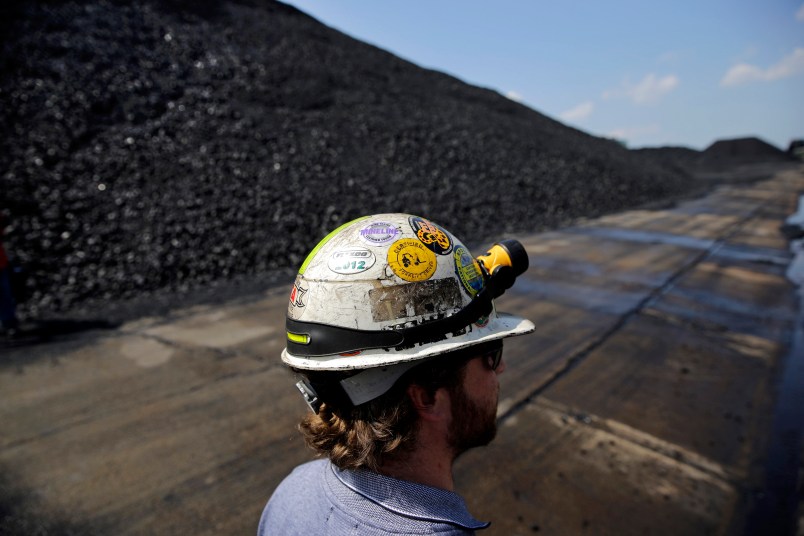GENEVA (AP) — Carbon dioxide levels in the atmosphere reached a record high in 2013 as increasing levels of man-made pollution transform the planet, the U.N. weather agency said Tuesday.
In an annual report, the World Meteorological Organization said that carbon dioxide, the heat-trapping gas blamed for the largest share of global warming, rose to global concentrations of 396 parts per million last year, the biggest year-to-year change in three decades.
That’s an increase of 2.9 ppm from the previous year — and is 42 percent higher than before the Industrial Age, when levels were about 280 parts per million. The 2012 level was itself up 2.2 ppm from a year earlier.
“We know without any doubt that our climate is changing and our weather is becoming more extreme due to human activities such as the burning of fossil fuels,” said WMO Secretary-General Michel Jarraud. “Time is not on our side, for sure.”
The report also said the rate of ocean acidification, which comes from added carbon absorbed by oceans, “appears unprecedented at least over the last 300 million years.”
Between 1990 and 2013, carbon dioxide and other gas emissions caused a 34 percent increase in the warming effect on the climate, the report said.
The warming effect, or “radiative forcing,” measures the net difference between the sunlight that the Earth absorbs and the energy it radiates back into space. More absorption leads to higher temperatures.
After carbon dioxide, methane has the biggest effect on climate. Atmospheric concentrations of methane reached a new high of 1,824 parts per billion in 2013, up 153 percent from pre-industrial levels of about 700 parts per billion.
About 40 percent of the methane comes from natural sources such as termites and wetlands, but the rest is due to cattle breeding, rice agriculture, fossil fuel burning, landfills and incineration, according to the agency.
Copyright 2014 The Associated Press. All rights reserved. This material may not be published, broadcast, rewritten or redistributed.







After reading about this and the impending dislocation and extinction of many North American birds, this is not a happy morning for me.
Sorry, I didn’t hear anything the UN said. I never go anywhere without my
